Rome’s eternal beauty often comes with eternal crowds, but countless hidden
sanctuaries await those seeking tranquility. Within the bustling streets of the Eternal
City lie peaceful havens where you can experience authentic Roman life away from
tourist hotspots.
These carefully selected locations offer the perfect blend of history, culture, and
serenity. Each destination provides a unique perspective on Rome’s rich heritage
while offering respite from the city’s intense energy.
Orange Garden (Aventine Hill)
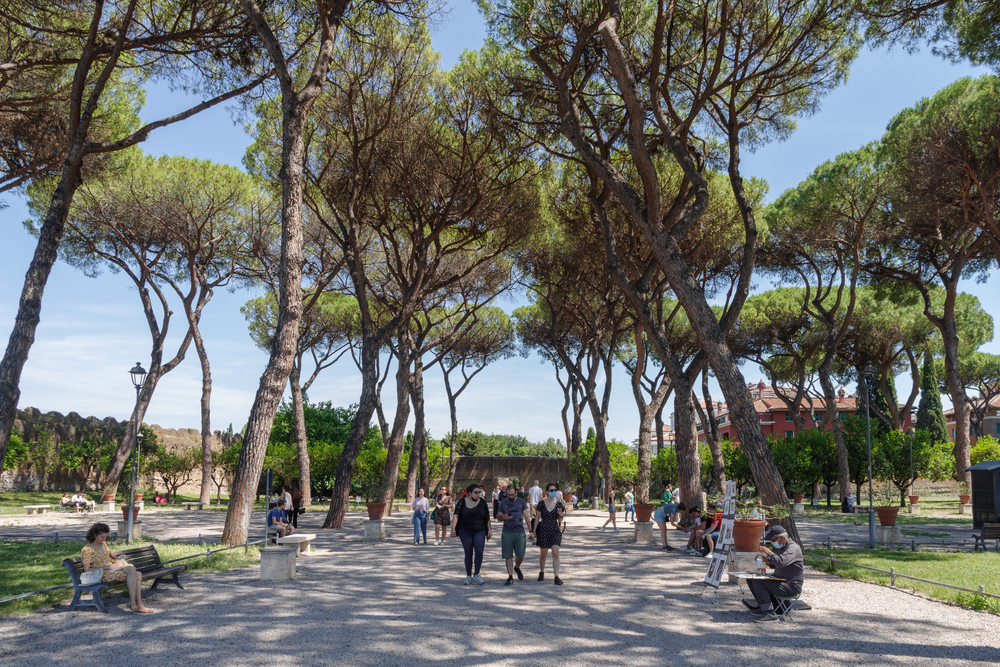
This elevated garden provides sweeping views across Rome’s historic skyline
without the usual tourist crowds. Ancient orange trees create natural shade, while
stone benches offer perfect spots for quiet contemplation.
The garden’s position on Aventine Hill ensures cool breezes even during summer afternoons. Early morning visits are particularly magical as sunlight filters through the citrus grove.
Catacombs of San Callisto (Via Appia Antica)
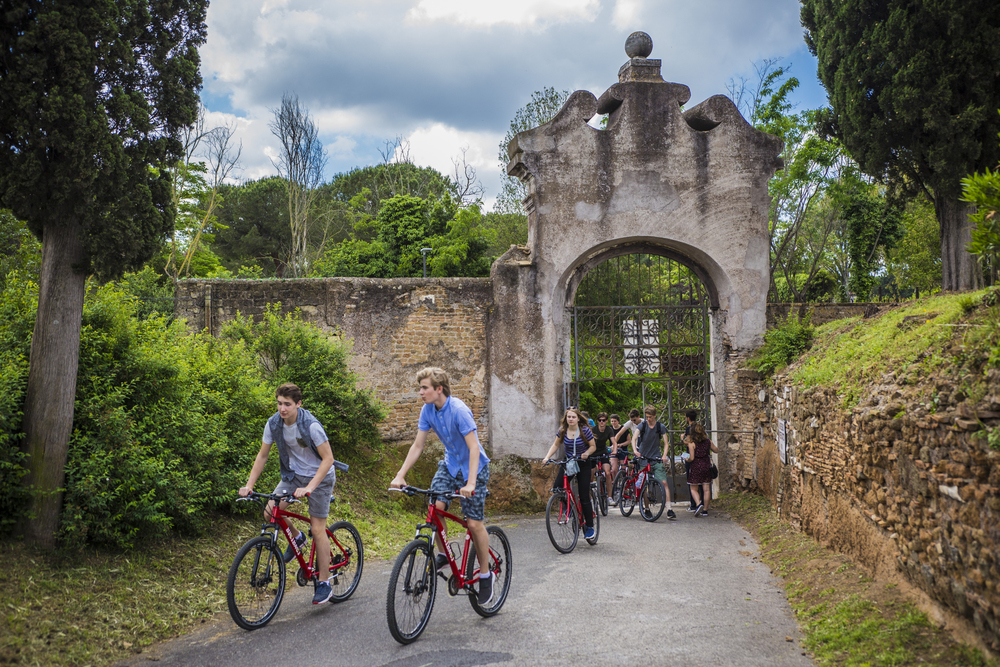
These lesser-visited catacombs offer a profound connection to Rome’s early
Christian history. The extensive network of underground tunnels maintains a
consistently cool temperature year-round.
San Callisto provides a more intimate and peaceful experience, unlike the more popular catacombs. Ancient frescoes and inscriptions tell compelling stories of Rome’s earliest Christians.
Like Travel Pug’s content? Follow us on MSN.
Protestant Cemetery (Testaccio)
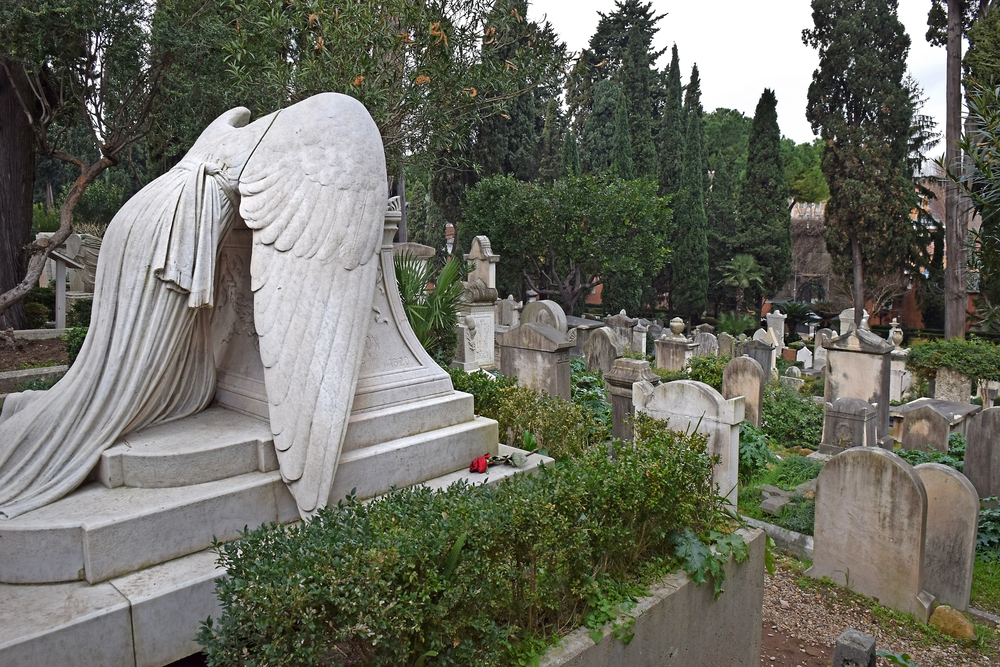
This historic cemetery, amid lush greenery, houses the graves of famous poets and
artists. Ancient cypress trees and resident cats add to the peaceful atmosphere of
this hidden gem.
The cemetery’s location in residential Testaccio keeps it off most tourist itineraries. The grave of English poet John Keats provides a poignant reminder of Rome’s enduring appeal to artists.
Palazzo Doria Pamphilj Gardens (Via del Corso)
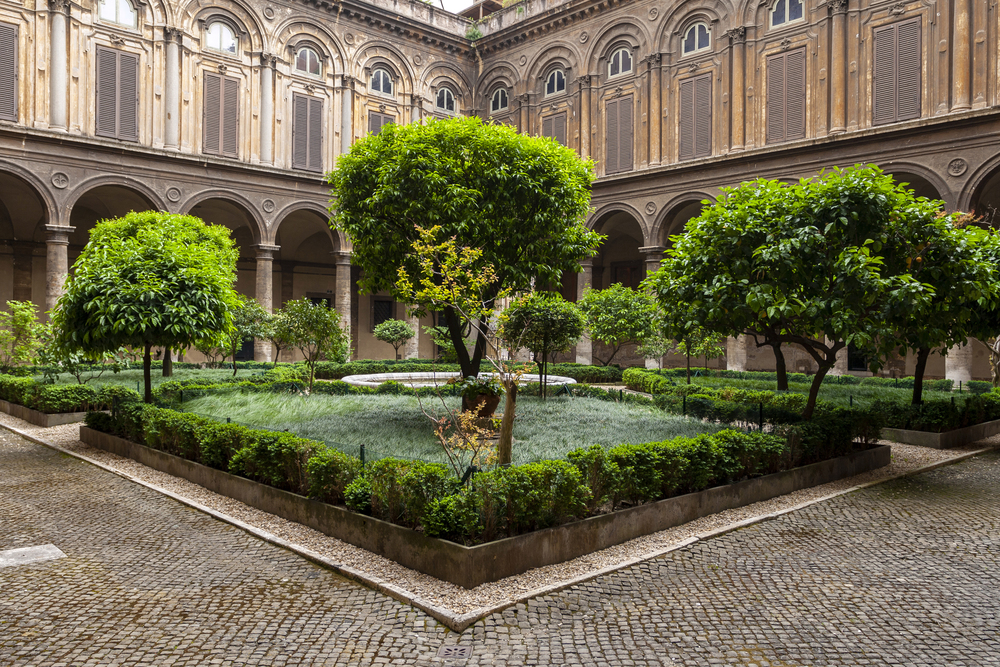
Hidden behind the palace walls, these private gardens offer an oasis of calm in
central Rome. Classical statues and meticulously maintained flowerbeds create a
serene Renaissance atmosphere.
The gardens’ restricted access ensures minimal crowds throughout the year. Monthly guided tours reveal the fascinating history of one of Rome’s most prominent noble families.
Santa Prassede Church (Esquiline Hill)
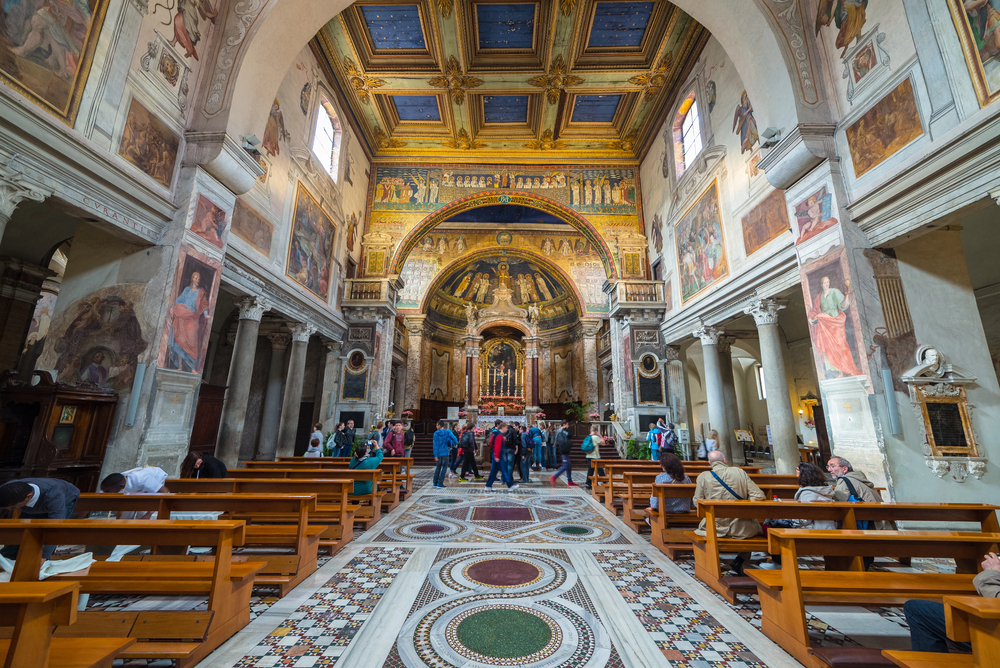
This 9th-century basilica showcases stunning Byzantine mosaics in relative quiet.
The church’s side chapel contains remarkable golden mosaics rarely visited by
tourists.
Soft natural light filtering through ancient windows creates an atmosphere of profound tranquility. The church’s collection of medieval relics adds another layer of historical significance.
Like Travel Pug’s content? Follow us on MSN.
Japanese Cultural Institute Gardens (Via Antonio Gramsci)

These meticulously maintained gardens blend Japanese and Italian landscaping
traditions. Cherry blossoms in spring and maple trees in autumn provide seasonal
beauty.
The garden’s location in the Parioli district keeps it away from major tourist
routes. Regular cultural events celebrate the unique fusion of Italian and Japanese
aesthetics.
Quartiere Coppedè (Trieste District)
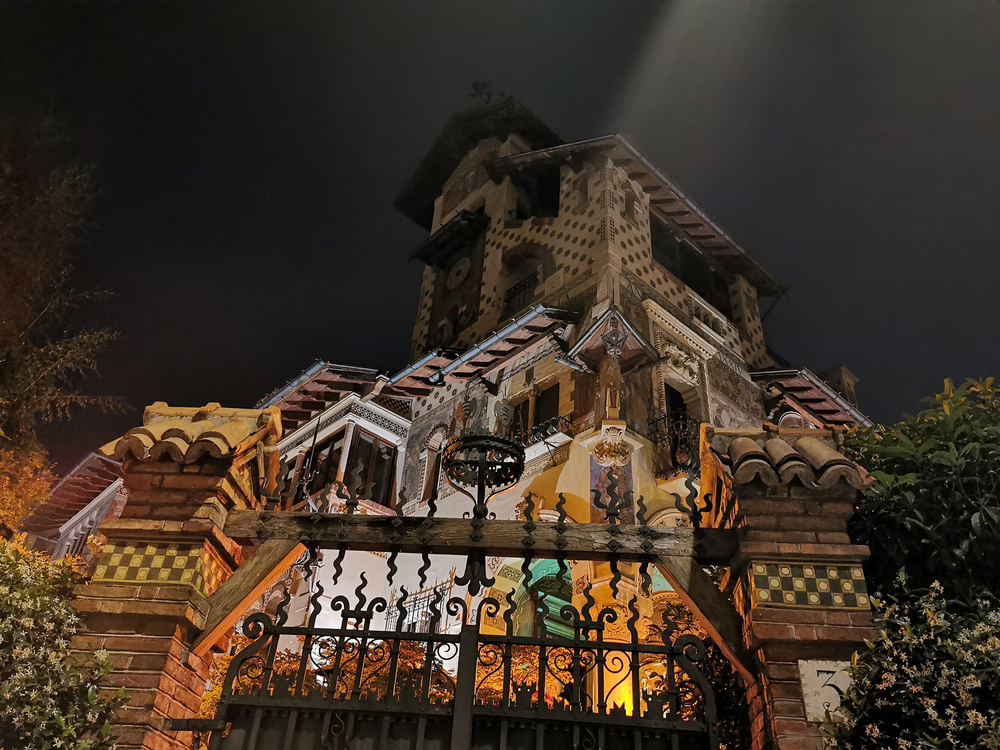
This architectural fantasy world combines Art Nouveau with ancient Roman and
Medieval styles. Hidden fountains and quiet courtyards provide peaceful spots for
contemplation.
The area’s residential nature ensures minimal tourist presence. At dusk, the central Fountain of the Frogs comes alive with subtle lighting.
Villa Celimontana (Celio Hill)
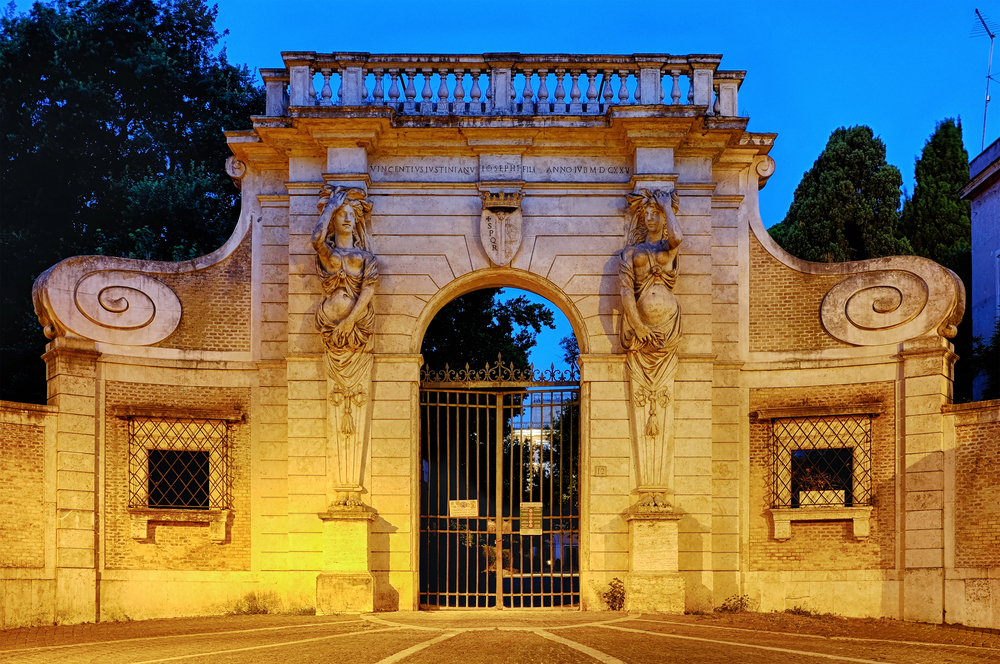
This 16th-century villa’s gardens offer shaded pathways and hidden statues. Ancient
ruins scattered throughout the park create romantic vignettes.
The villa’s position on Celio Hill provides cooling breezes and city views. Summer jazz concerts transform the gardens into an enchanting evening venue.
Like Travel Pug’s content? Follow us on MSN.
Sant’Ignazio Church Hidden Terrace (Centro Storico)
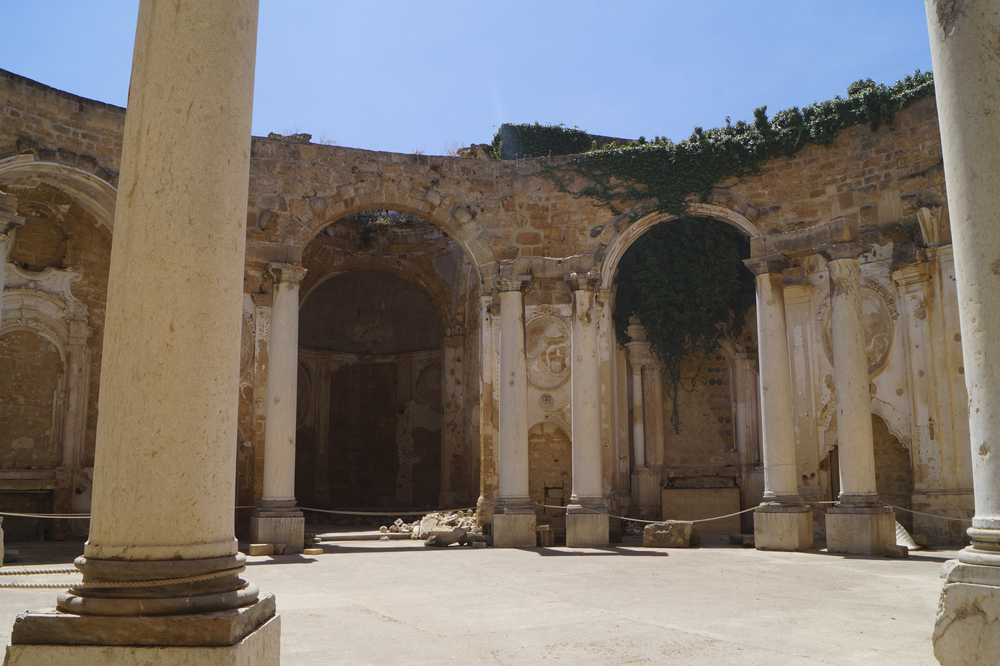
This secret rooftop terrace offers unique views of Rome’s historic center. Access
requires special permission, ensuring minimal visitor numbers.
The terrace provides perfect sunset viewing opportunities over baroque church domes. You can see Andrea Pozzo’s famous trompe l’oeil ceiling, offering rare artistic insight.
Parco degli Acquedotti (Via Lemonia)
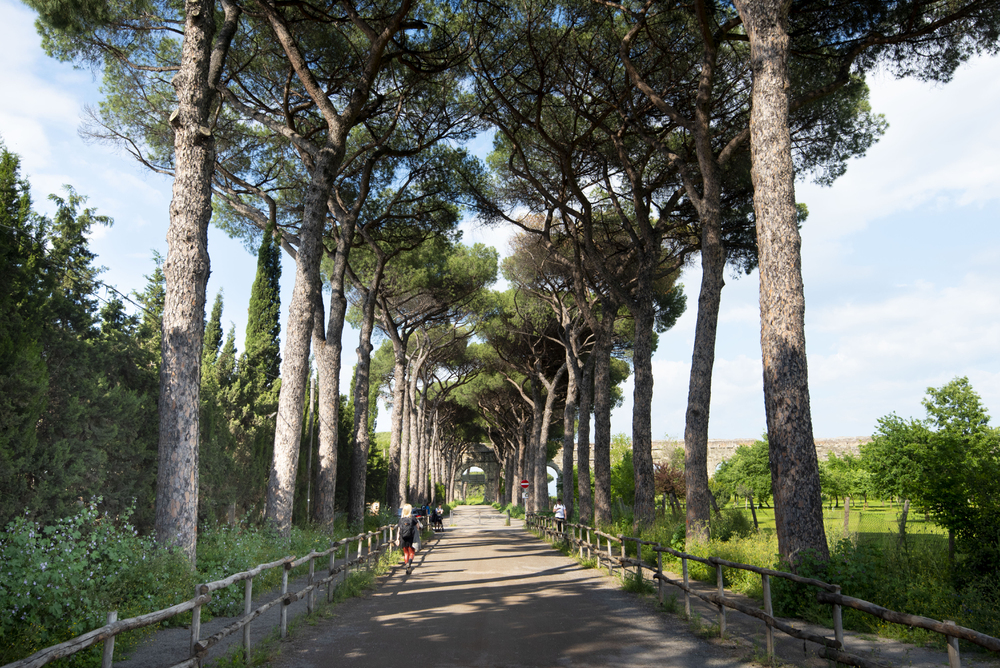
Ancient Roman aqueducts stretch across this sprawling public park. Local families
and joggers replace tourist crowds.
The park’s distance from the center ensures peaceful exploration of Roman engineering marvels. Shepherds still graze their flocks beneath the towering arches.
Rose Garden (Aventine Hill)
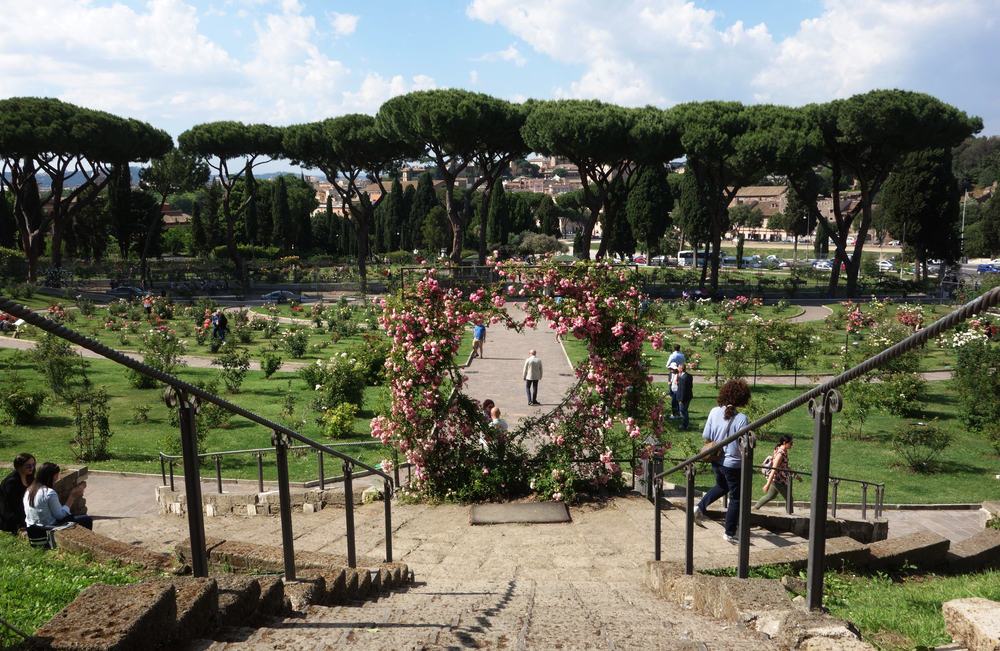
This seasonal garden showcases hundreds of rose varieties in a tranquil setting.
Spring and early summer visits offer peak blooming conditions without crowds.
The garden’s elevation provides pleasant breezes and city views. The collection includes
several rare antique rose varieties cultivated by Roman nobility.
Like Travel Pug’s content? Follow us on MSN.
San Lorenzo District (University Area)
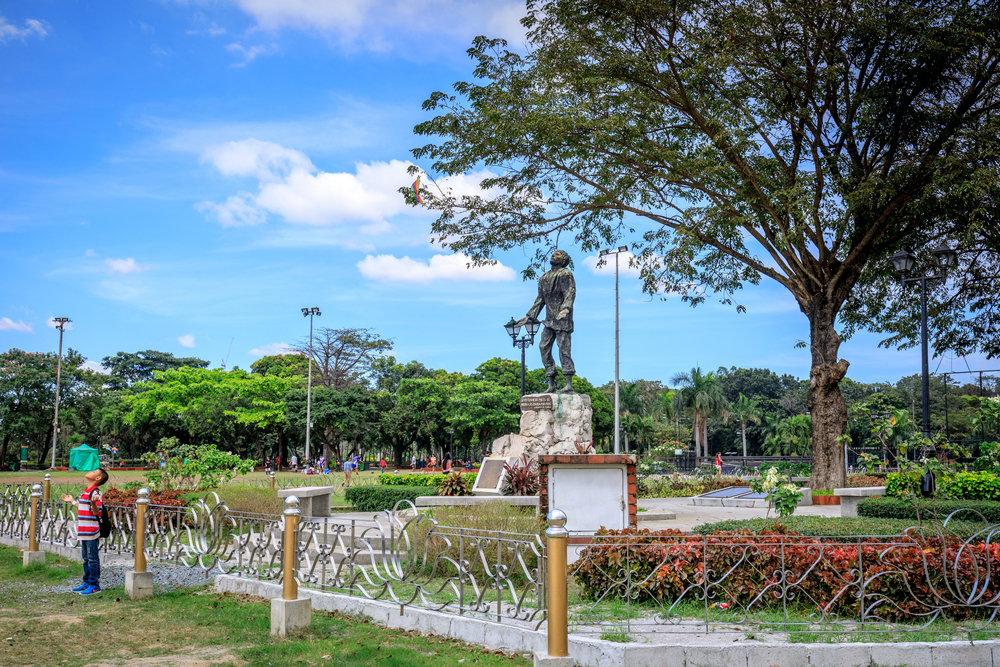
This bohemian neighborhood offers authentic Roman life away from tourist centers.
Street art and historic buildings create an engaging urban landscape.
Local cafes and markets provide genuine Roman experiences. Evening aperitivo gatherings showcase the district’s vibrant contemporary culture.
Appian Way Regional Park (Via Appia Antica)
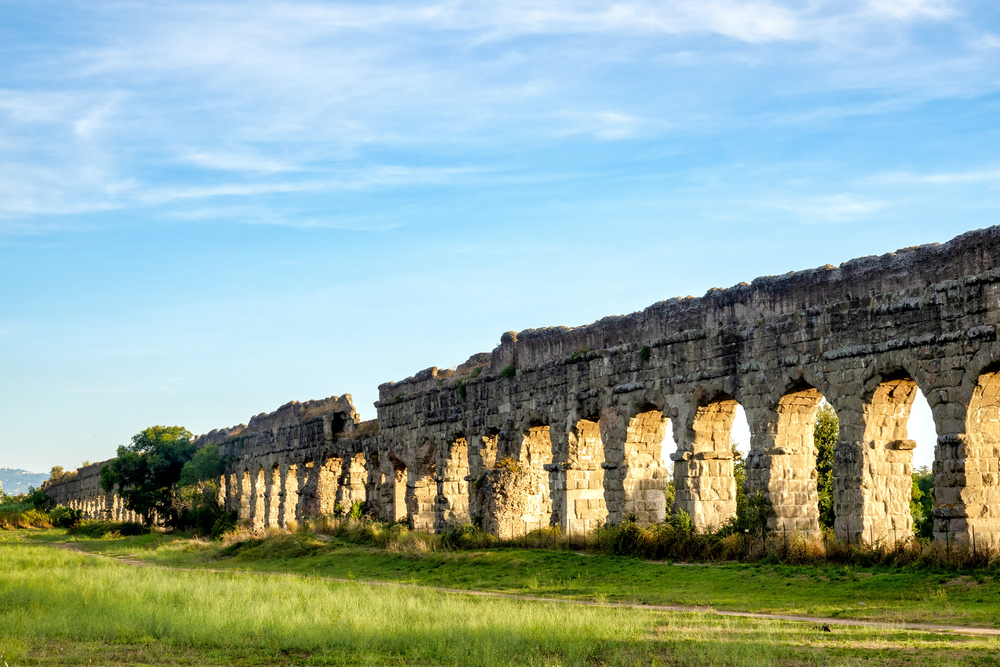
Ancient Roman tombs line this historic road in a peaceful parkland setting. Bicycle
rentals allow visitors to explore the extensive grounds at leisure.
The park’s size ensures plenty of quiet spots for reflection. Guided archaeological tours reveal hidden underground catacombs and mausoleums.
Galleria Spada (Centro Storico)
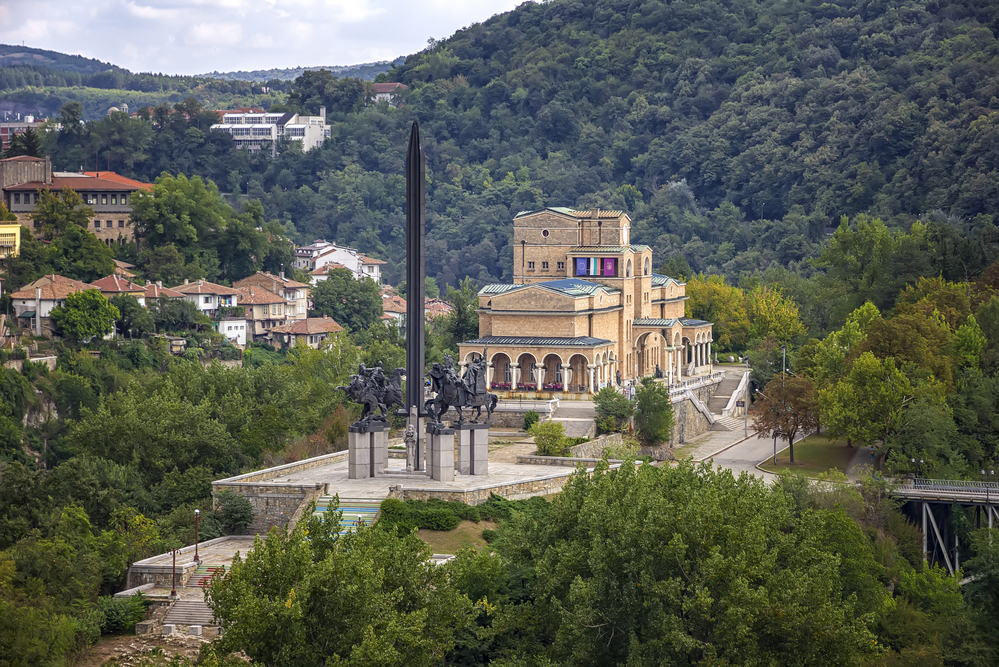
This small museum houses Borromini’s famous forced perspective gallery. Limited
visitor numbers ensure a peaceful appreciation of the architectural illusion.
The palazzo’s courtyard provides a quiet retreat from nearby Campo de Fiori. The
gallery’s baroque art collection includes masterpieces rarely seen by casual visitors.
Like Travel Pug’s content? Follow us on MSN.
Santa Maria in Trastevere Hidden Courtyard (Trastevere)
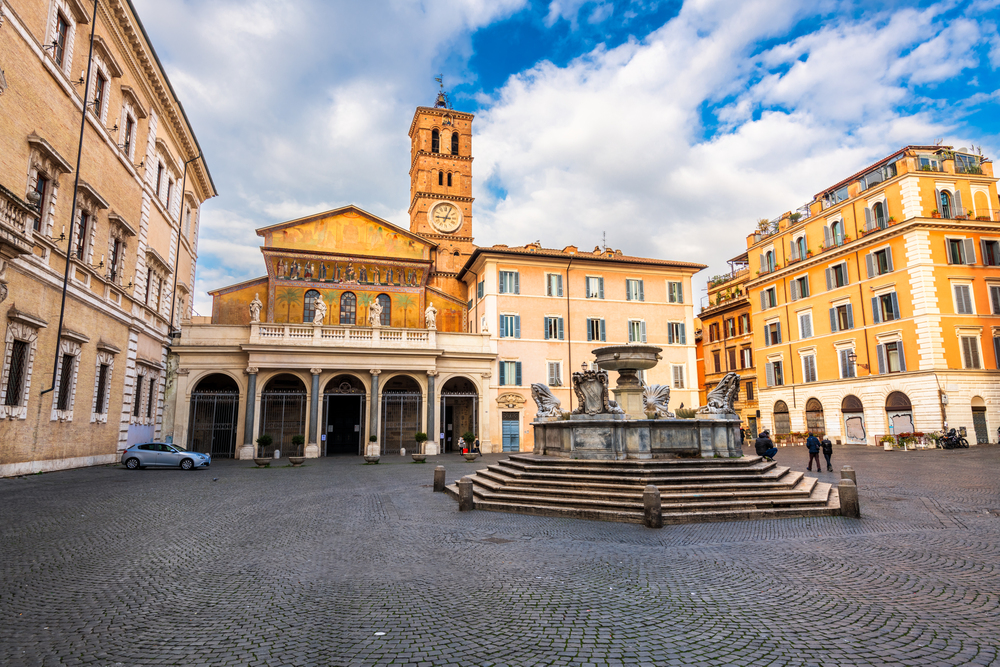
This secluded courtyard offers peaceful moments near the busy Trastevere district.
Ancient columns and medieval fragments create an atmospheric setting.
Early morning visits provide particularly tranquil experiences. The sound of morning bells echoing off ancient stones creates an unforgettable ambiance.
Orto Botanico (Trastevere)
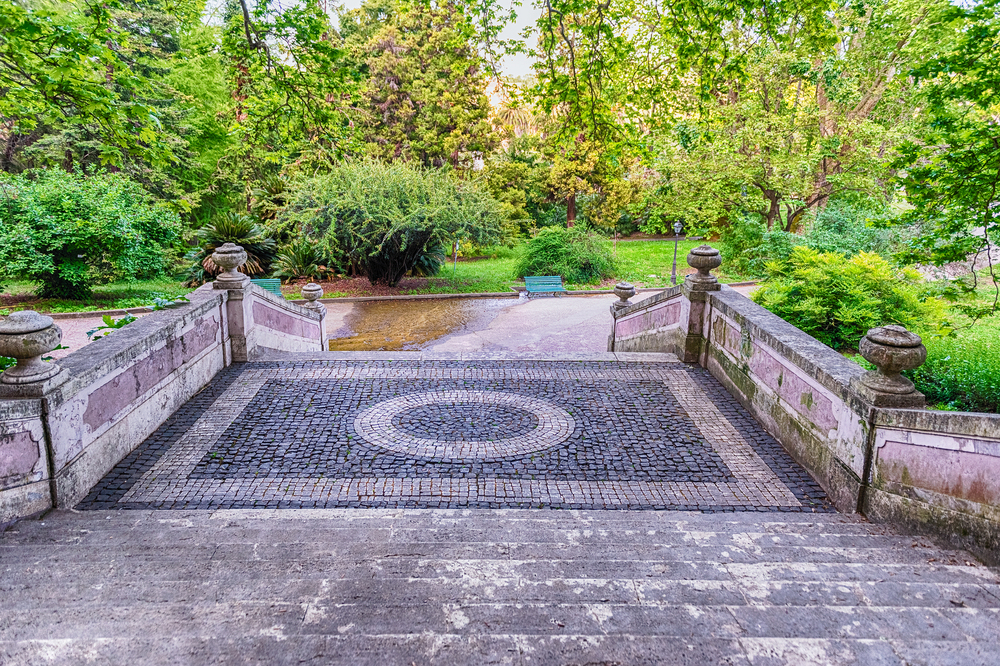
These extensive botanical gardens house diverse plant collections in peaceful
settings. Greenhouse collections and bamboo groves provide year-round interest.
The garden’s elevation offers quiet spots with city views. The Japanese garden
section provides a contemplative space for meditation.
Villa Torlonia (Via Nomentana)
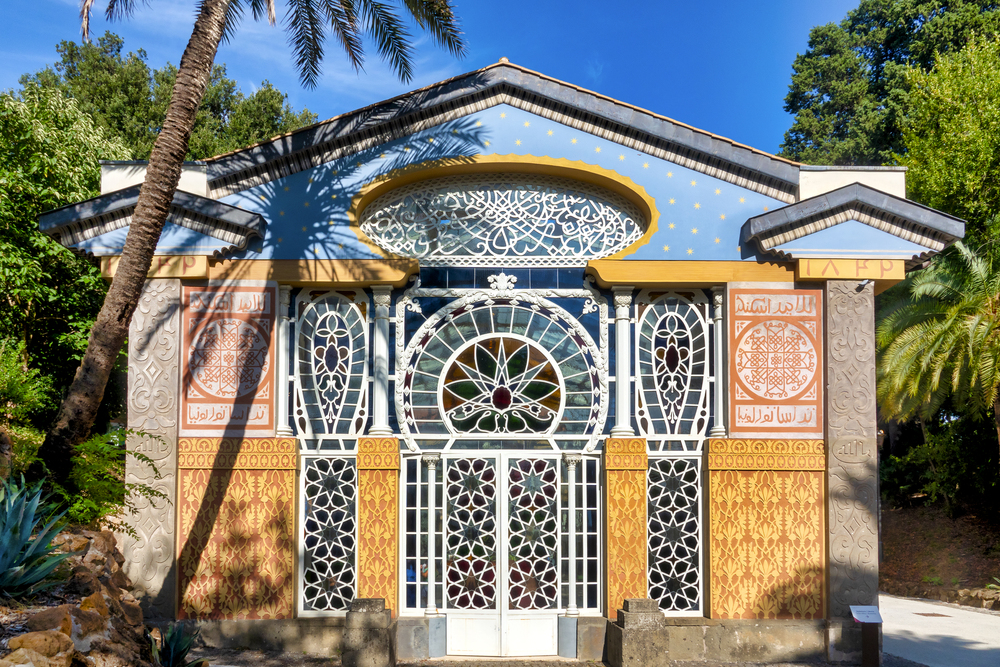
This 19th-century villa complex includes multiple buildings and extensive gardens.
Art Nouveau architecture and peaceful parks provide numerous quiet spots.
The villa’s location outside tourist areas ensures tranquil visits. Mussolini’s former bunker beneath the grounds offers fascinating historical insights.
Like Travel Pug’s content? Follow us on MSN.
Palazzo Colonna Gardens (Via della Pilotta)
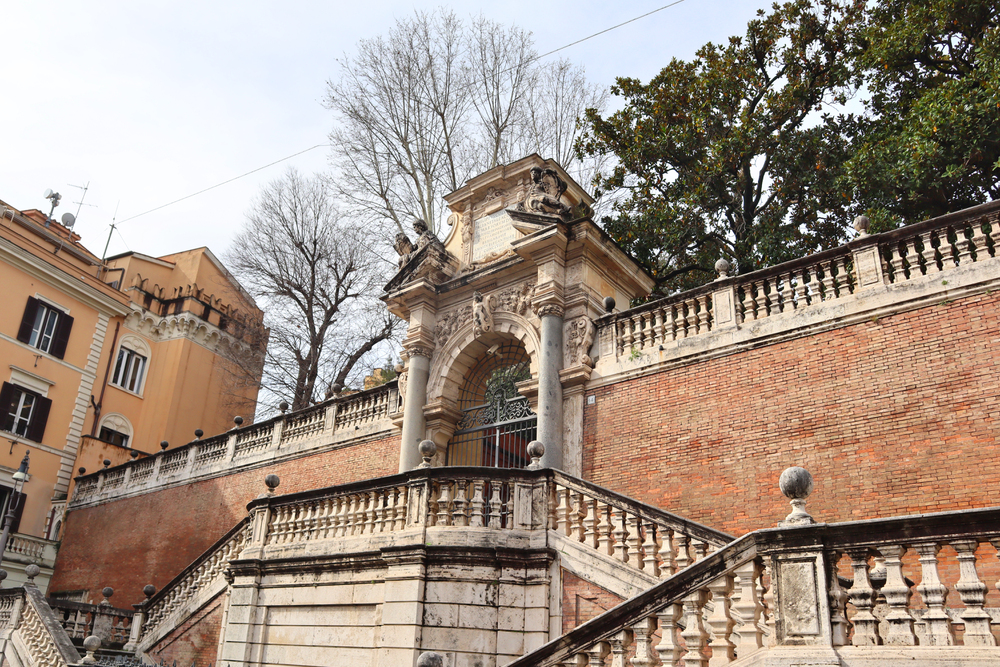
These private palace gardens are open only on Saturday mornings. Ancient ruins
and baroque fountains create romantic settings without crowds, and the limited
access ensures peaceful exploration of this historic site.
The princess still occasionally tends to her favorite rose bushes.
Monte Mario Nature Reserve (North Rome)
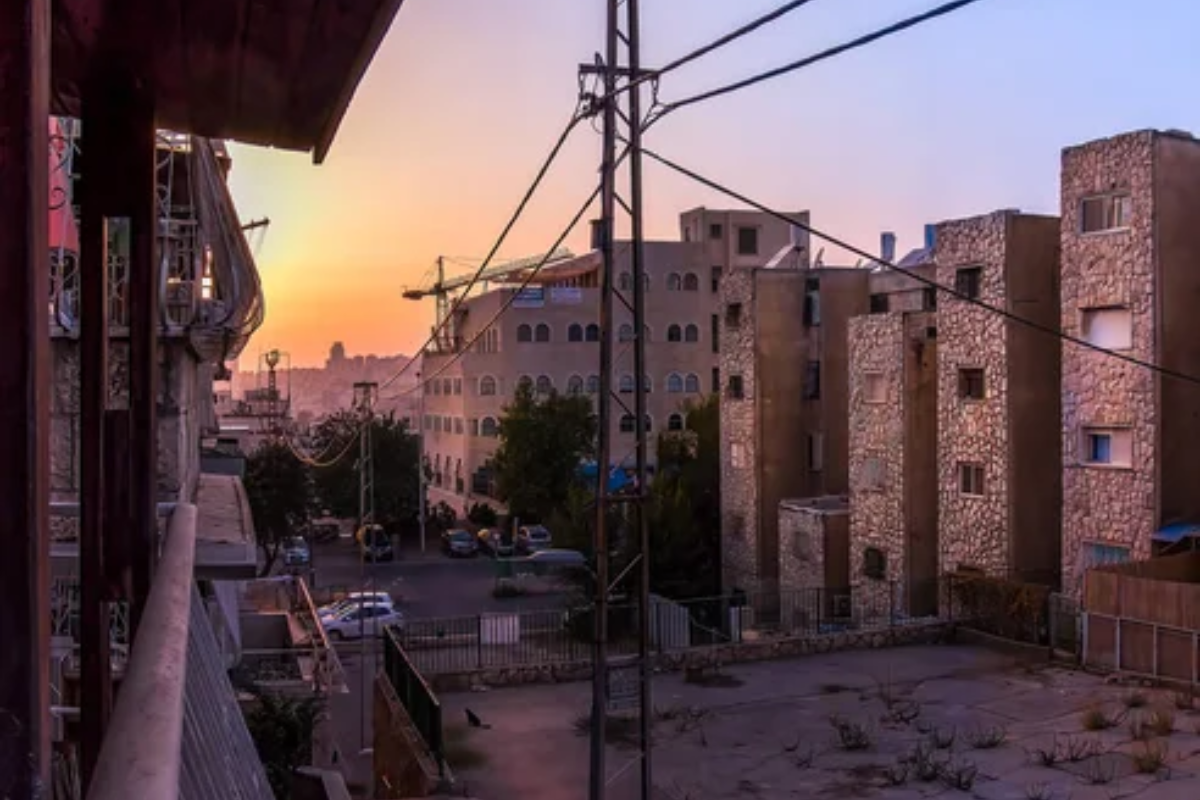
This hilltop park offers Rome’s highest viewpoint and peaceful walking trails. Oak
forests provide shade and wildlife-watching opportunities.
The park’s distance from the center ensures quiet exploration. The astronomical observatory hosts occasional nighttime viewing sessions.
Villa Sciarra (Janiculum Hill)
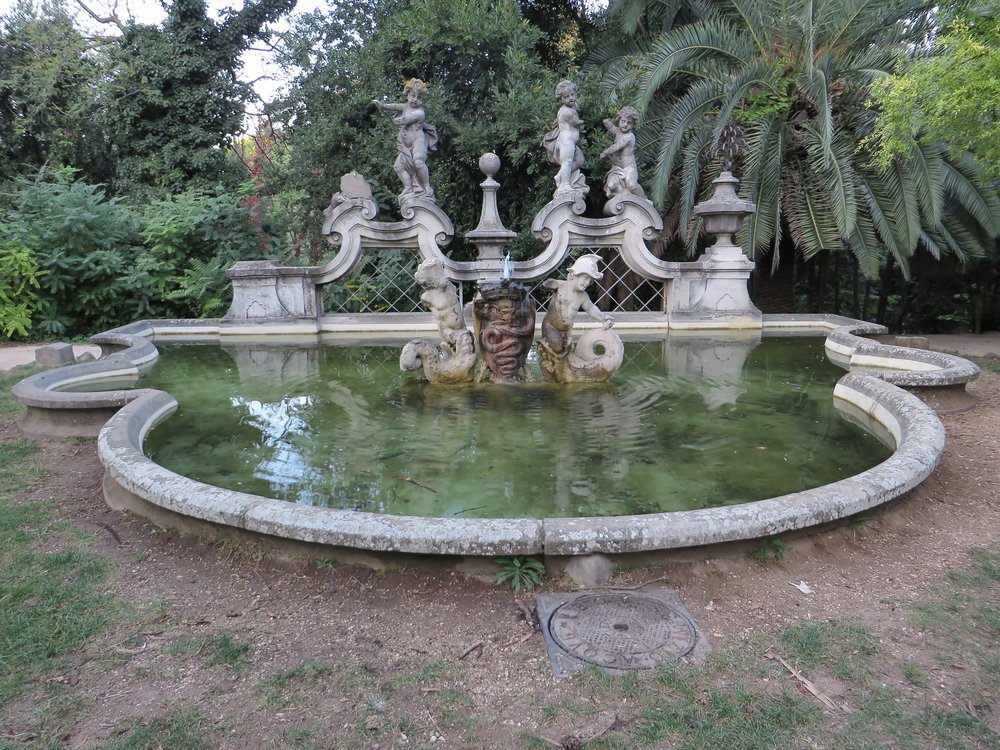
This intimate villa park features mythological statues and peaceful gardens. Ancient
walls create quiet corners perfect for reading or relaxation.
The villa’s position between Trastevere and Monteverde provides an authentic local atmosphere. Hidden mosaic fountains surprise visitors along secluded pathways.
Like Travel Pug’s content? Follow us on MSN.
Finding Peace in the Eternal City
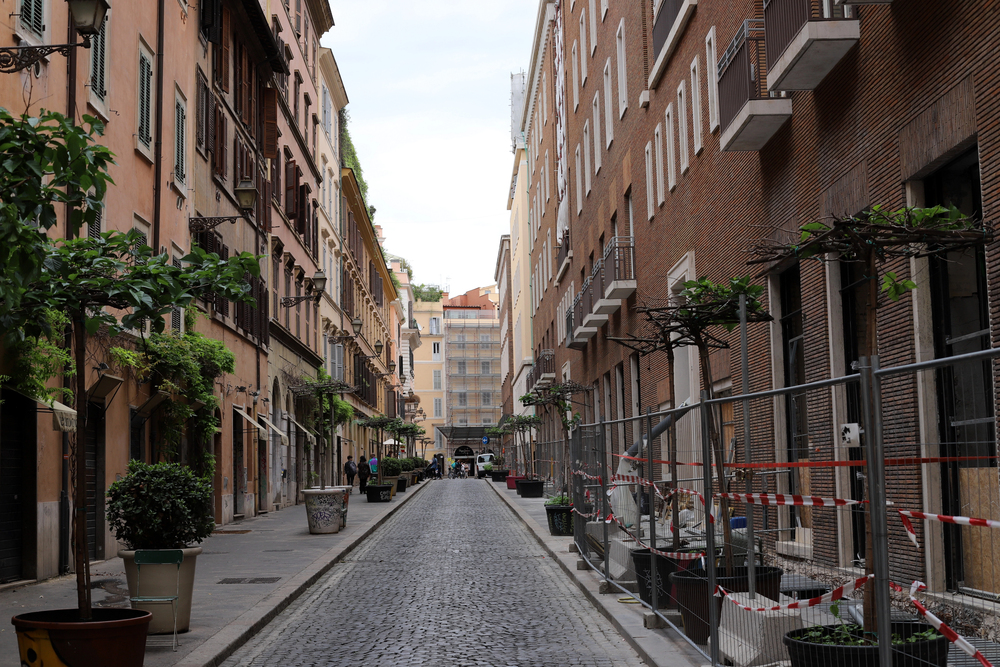
Rome reveals its most authentic self in these tranquil spaces where history whispers
rather than shouts. These peaceful havens offer opportunities to experience the
city’s beauty without the usual crowds.
Consider incorporating these spots into your itinerary for a more meaningful Roman
experience. Each location provides a unique window into Rome’s soul, away from
the typical tourist trail.
More from Travel Pug

- 15 Dangerous European Cities to Avoid
- 15 Caribbean Islands Where Tourists Keep Getting Scammed
- The 20 Most Fascinating Abandoned Places: A Journey Through Time and Forgotten Spaces
- 15 Hidden Places in the Smithsonian Museums Locals Love: A Guide to Lesser-Known Treasures
- 16 Hidden Florida Beach Towns That Aren’t Overrun with Tourists
Like Travel Pug’s content? Follow us on MSN.
